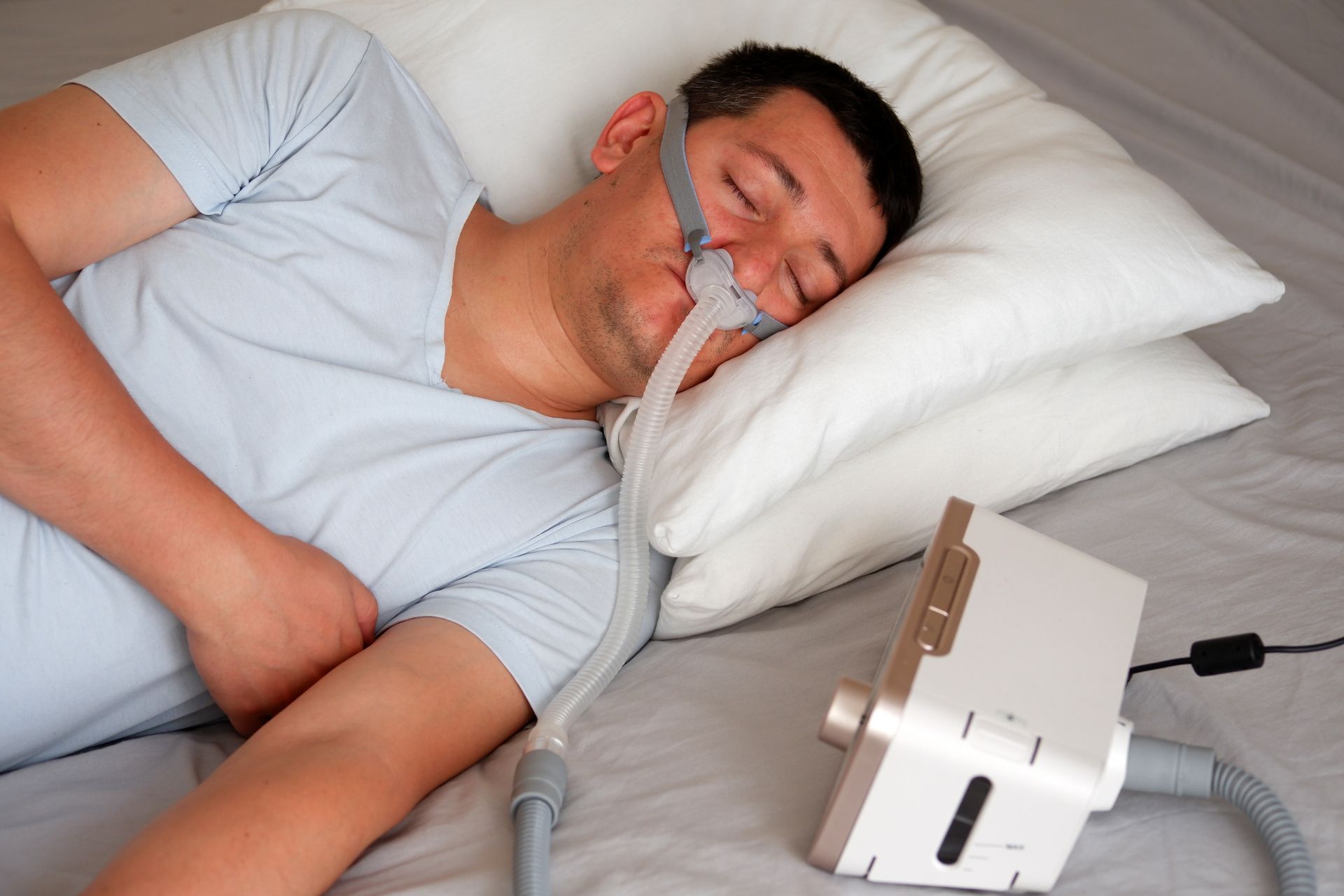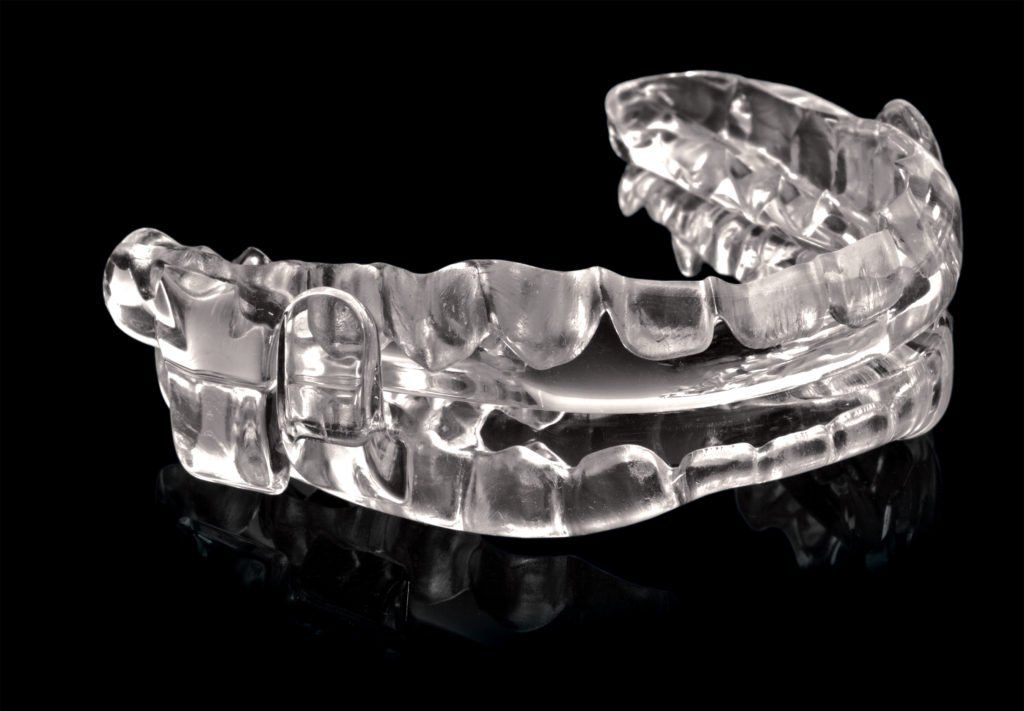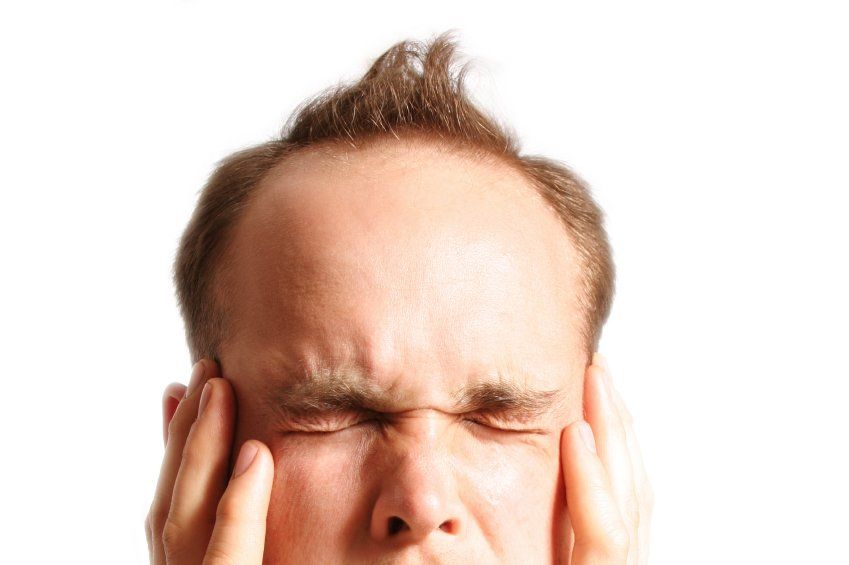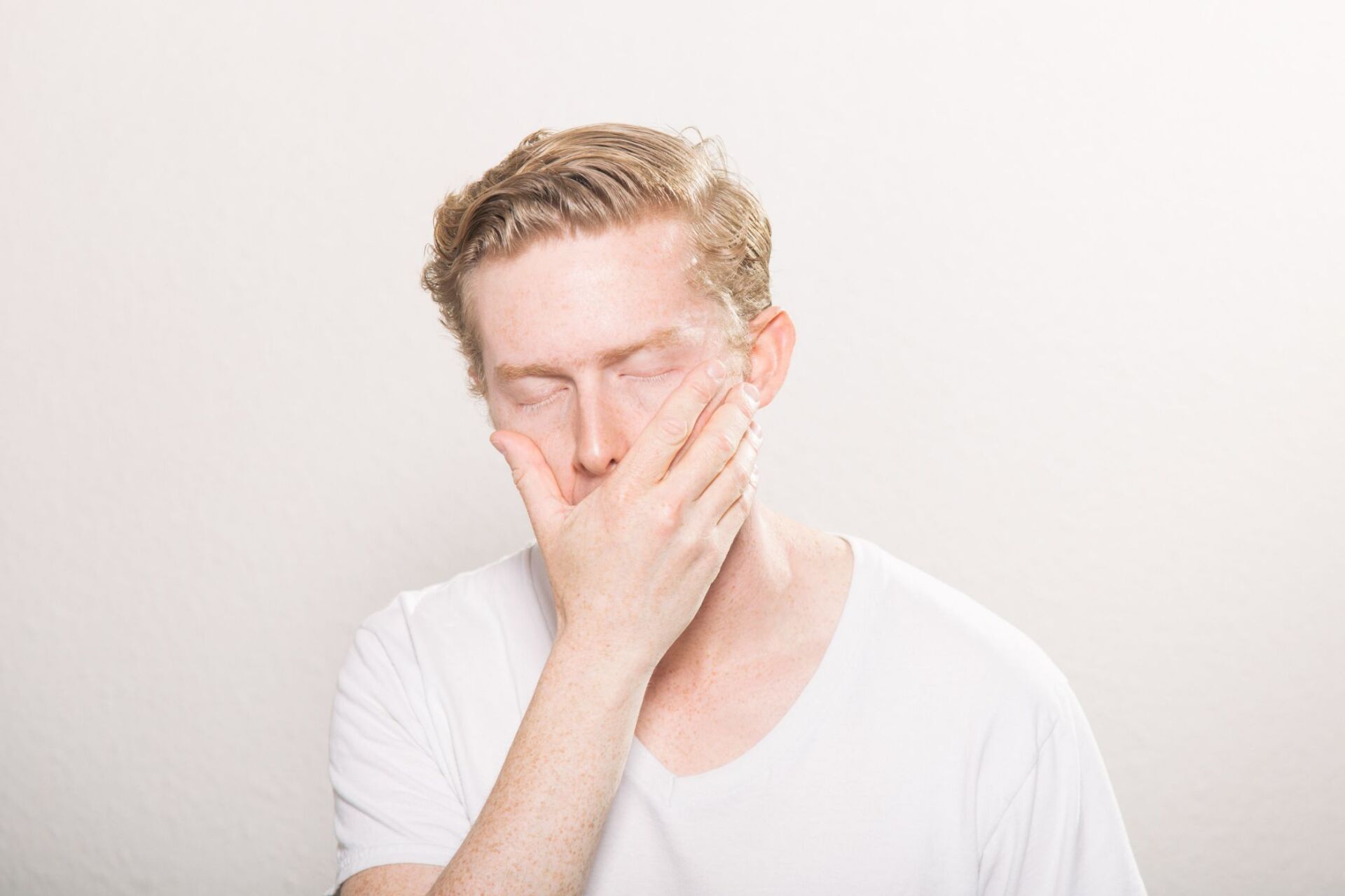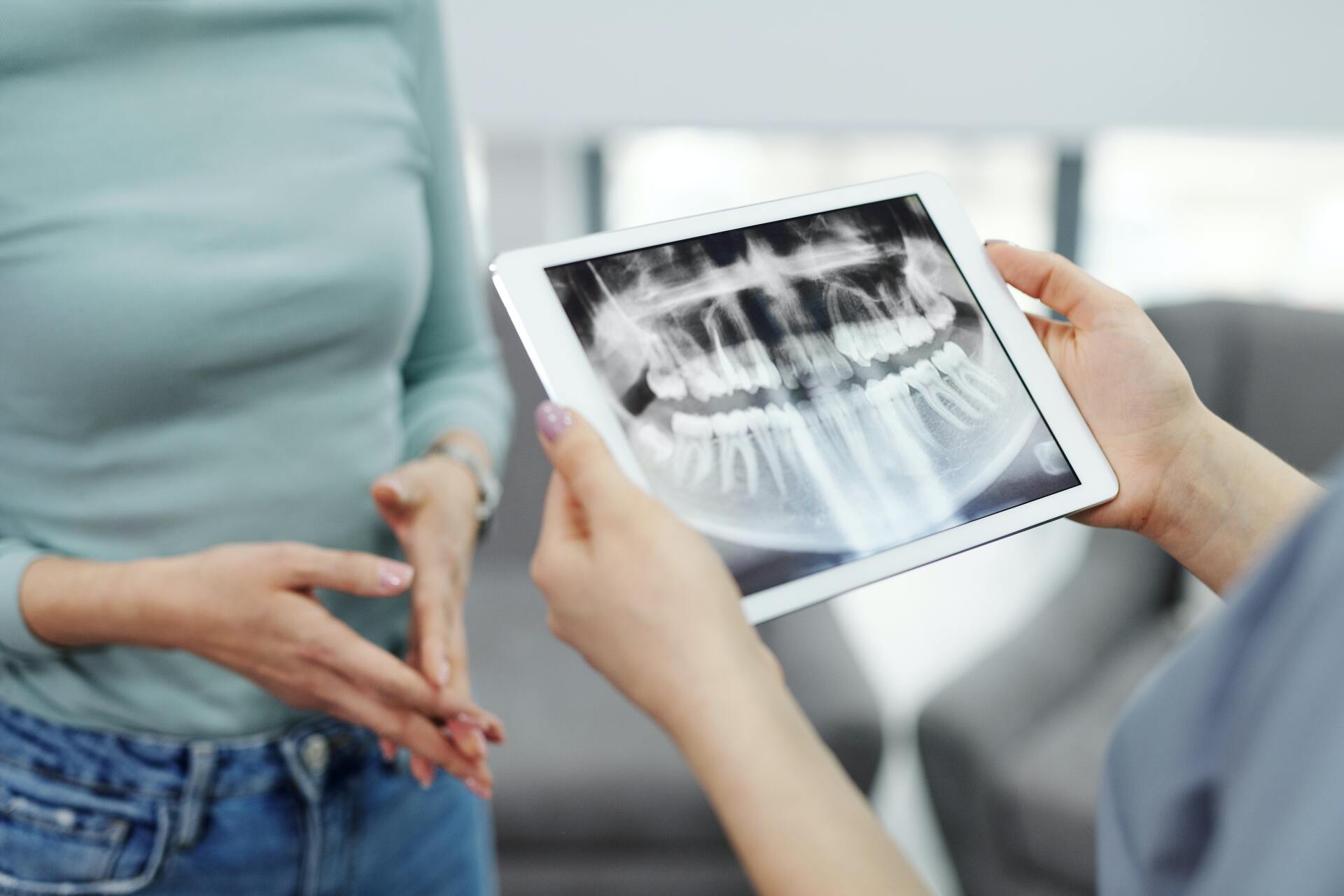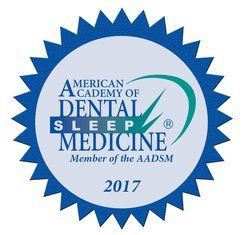What is the difference between TMJ and TMD?
Defining TMJ and TMD
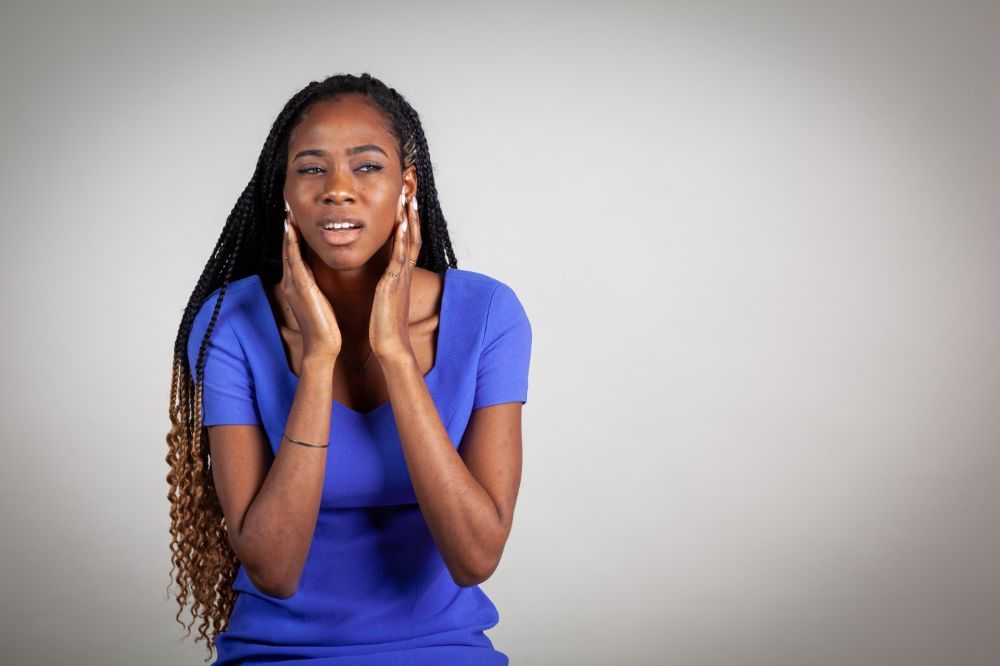
Experiencing head pain, pain in the jaw or facial discomfort can be a stressful and tiring experience. Many people facing symptoms associated with their head, neck, and jaw discover terms like TMJ and TMD as possible causes, but understanding their differences is not always clear.
To understand what TMJ and TMD are and what they mean for people experiencing pain or discomfort, it is essential first to learn how the jaw functions. From there, it’s easier to see when something isn’t working as it should and what kinds of doctors can help.
How the Jaw Normally Functions
When people think of the movement of their mouth, they often think of their jawbone simply going up and down. In reality, the mouth structure comprises the mandible— the jaw part that moves up and down—and the maxilla. The maxilla is stationary and contains the top arch of teeth. Moving the mandible up, down, and around to make contact with or avoid the maxilla makes chewing, speaking, and even facial expressions possible.
The jaw can do all of this complex movement because of the temporomandibular joints (TMJ) located on each side of the face by the ears. The mandible connects to these joints, moving in unison, allowing for smooth opening and closing. This painless process should not include popping or grinding noises in patients with a properly functioning TMJ.
Is there a difference between TMJ and TMD?
TMJ and TMD are closely related (and some sources might even use them interchangeably), but there are some critical differences.
Learning More About Your TMJ
“TMJ” typically refers only to your temporomandibular joint. You can feel this joint right in front of the bottom of your earlobe. You have two TMJs—one on each side of the face. They are bilateral, meaning they are across from each other but working together. In other words, you can’t move one TMJ without moving the other.
The TMJs are also synovial. This term describes how they move. The TMJs are surrounded by smooth, strong synovial material that allows them to slide freely and pivot as necessary, allowing you to move your jaw forward, backward, and even side to side a little, on top of being able to open and close.
All of these movements are natural for the TMJ. However, when something goes wrong in this area, people can experience pain or discomfort. They might also find that their jaw can’t move like it used to; maybe it feels like it gets “stuck” on opening or closing. The causes for these symptoms can vary and fall under a broader umbrella called TMD: temporomandibular disorders.
The Diagnosis of TMD
Pain, tenderness, and dysfunction in the TMJs can fall into one of more than 30 temporomandibular disorders, or TMDs. Such disorders can be caused by a wide range of potential issues, which include how the muscles work and the physiology of the joint itself.
In cases where the muscular structure surrounding the TMJ is the problem, you might feel like your jaw is always tired or tight. The masseter, the large muscle primarily responsible for opening and closing your jaw, might experience sharp, zapping pain or a constant dull ache. Individuals may experience these symptoms differently, but they all stem from injured or overexerted muscles.
Conversely, TMDs caused by joint disorders can have several origins. The muscles may function in different scenarios, but the joint might be out of place. For example, the smooth disc that enables the joint to open and close smoothly might be displaced, causing the bone to grind against itself. TMDs can also develop due to joint degeneration, arthritis, or pain in the TMJ.
A diagnosis of a temporomandibular joint disorder must be made by a professional. Which professional is best for you will come down to the symptoms that you are experiencing. A dentist can often get you started, but a dedicated TMJ specialist usually has the resources and expertise to notice specific details for a more accurate evaluation.
Does TMJ pain mean I have a TMD?
The term “TMJ” is often used as shorthand for a dysfunction of the facial joints and resulting pain, but the pain in the TMJ does not always mean you have a TMD. TMJ pain can arise independently and go away depending on the cause.
The Symptoms of TMJ Pain
If you are experiencing pain in the TMJ area, you might feel nervous about having a more significant disorder. However, the symptoms of generalized TMJ pain are often distinct from those of temporomandibular joint disorders. TMJ pain can include:
- Soreness in the muscles surrounding the TMJ
- A feeling of tightness in the jaw
- Aching when opening the mouth
- Pain in the ear(s)
If these are the symptoms that you are experiencing, you may be suffering from a brief TMJ injury. If you have recently experienced a blow to the face, chewing on something very hard or chewy, or had work done at the dentist that required your mouth to be open for a long time, this TMJ pain is often temporary. Pain that does not reduce independently after a few days or presents with additional symptoms may cross from TMJ pain into signs of an underlying TMD.
The Symptoms of TMD
Temporomandibular joint disorders have a variety of causes, which means that the symptoms can also vary widely. However, these TMD symptoms will be more severe or unpredictable than temporary TMJ pain. They might include:
- Severe or intolerable pain in the jaw area
- Popping, clicking, or grinding noises when moving the jaw
- An inability to open or close the jaw _ (Jaw Lock)
- Feeling like the jaw is hitting a “snag” when opening or closing
- Constant headaches
- Pain behind the eyes
- Pain in the ears
- Pain that extends into the neck
- A change in the way your teeth come together (your bite)
- Teeth grinding or clenching (bruxism) at night
Many of the symptoms of a TMD continue to worsen with time and may not respond to over-the-counter pain relief options. This contrasts with the temporary muscle overexertion that causes TMJ pain, which improves gradually over a few days to a week and may benefit from TMD pain relief medications.
What do I do if I have pain in my TMJ?
If you are experiencing pain or discomfort and don’t know what to do next, seek a professional opinion. The type of professional you see will depend on your symptoms and your confidence that the origin of your pain or discomfort is the temporomandibular joint.
If you’re mostly experiencing pain in the ear or neck, your first stop might be to an ENT (ear, nose, and throat doctor), also called an otolaryngologist. Some symptoms of TMJ pain or a TMD resemble problems with the ears and sinuses, areas an ENT specializes in. However, this type of doctor will not typically have experience treating the TMJ specifically or identifying underlying conditions that might affect it. However, they can help you rule out other conditions, like an ear infection.
If you’ve noticed that you are grinding or clenching your teeth at night because of your pain or discomfort, visiting a dentist could provide some answers. Dentists can prescribe you a custom mouthguard to wear at night that may help alleviate jaw pain caused by bruxism or teeth grinding and clenching. However, if a structural issue causes your TMJ pain with the bone or a muscular problem, a dentist may not have the experience and resources for more comprehensive treatment.
How can a TMJ specialist help with my TMJ pain?
A TMJ specialist board-certified in orofacial pain is often the best choice for resolving TMD symptoms and treating TMJ pain. They have expertise in various TMD causes and understand how the joints and muscles function, allowing them to treat the root of the problem and the symptoms. They also have access to various diagnostic imaging tools and often work closely with medical professionals in other disciplines to coordinate treatment plans.
A TMJ specialist can develop and direct comprehensive, personalized TMD treatment solutions for your condition and your symptoms, including anything from thorough scans of your TMJ area to orthotic devices, surgery, physical therapy, and pain or stress management.
Treat TMJ Pain and TMD at REstore TMJ & Sleep Therapy
You deserve relief if you have been suffering from TMJ pain for a long time or are just beginning to notice potential signs of a TMD. Dr. Kathrine S. Phillips and Dr. Jaya Mangal at REstore TMJ & Sleep Therapy are board-certified by the American Board of Orofacial Pain and offer comprehensive diagnostic imaging that can pinpoint the cause of your pain and discomfort and improve your quality of life. You can take our self-guided TMJ quiz and fill out a convenient appointment request form, or call today at 281-296-6797 to schedule a no-obligation consultation.
Restore TMJ & Sleep Therapy has been selected as on of the Top
50 TMJ Blogs by Feedspot.com.
Contact Us Today For A Consultation!
Contact Us
Thank you for reaching out to us at REstore TMJ and Sleep Therapy. We look forward to helping you. We will follow up within 24 hours for contact requests received during normal office hours Monday – Thursday. If you have submitted a request later in the day on Thursday – Sunday, we will follow up on Monday. If you would like to talk to us before we can get to your request, please feel free to give us a call at 281-296-6797 Monday – Thursday 8am – 4:30pm. Have a great day!
Regards,
Dr. Katherine Phillips and Staff
Please try again later.
REstore TMJ & Sleep Therapy P.A.
1001 Medical Plaza Drive,
Suite 200 | The Woodlands, TX 77380
281-296-6797
Dr. Phillips serves TMJ & Sleep patients in: The Woodlands TX | Spring TX | Conroe TX Tomball TX | Cypress, TX | Houston, TX | Kingwood TX | Humble, TX | Katy TX
© 2023 by REstore TMJ & Sleep Therapy | Terms Of Service & Privacy Policy | XML Sitemap
-2700x842-1920w.png)








